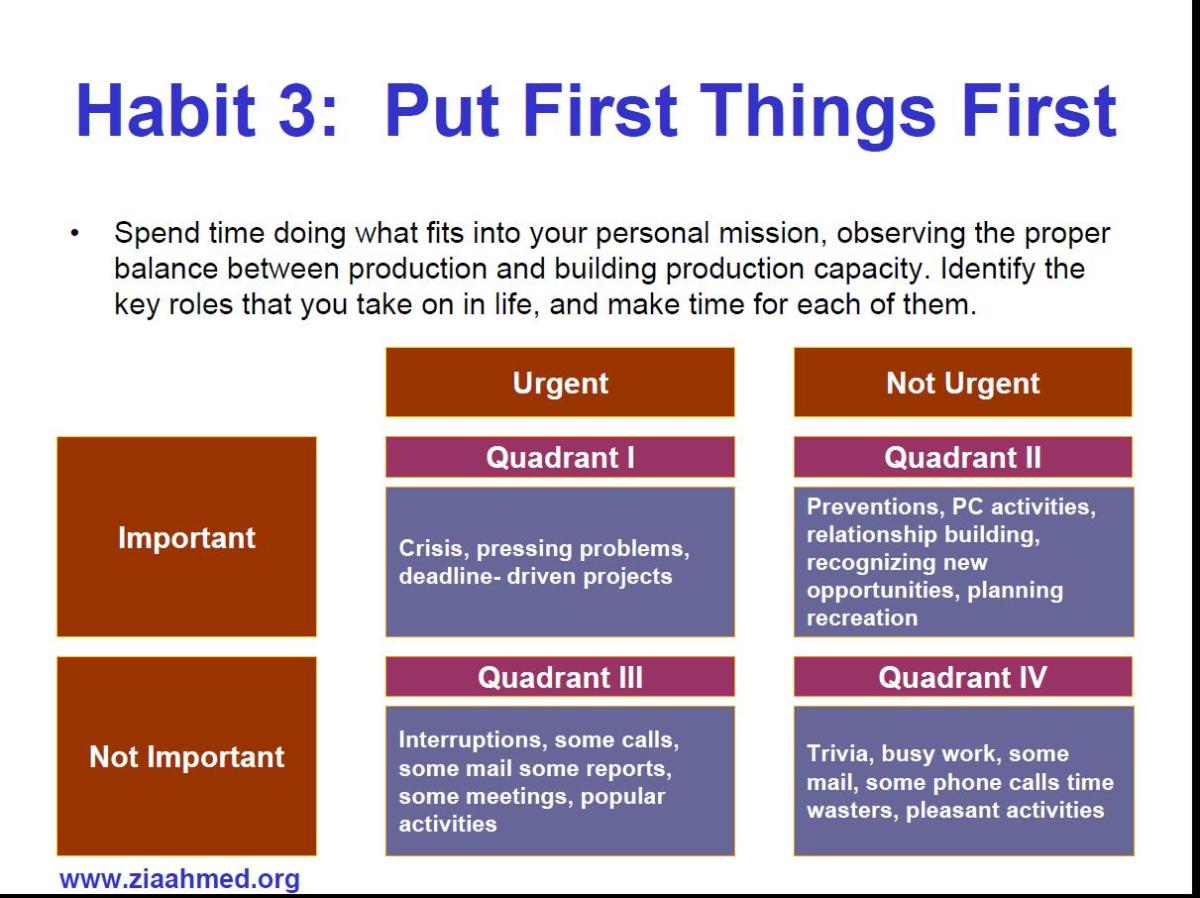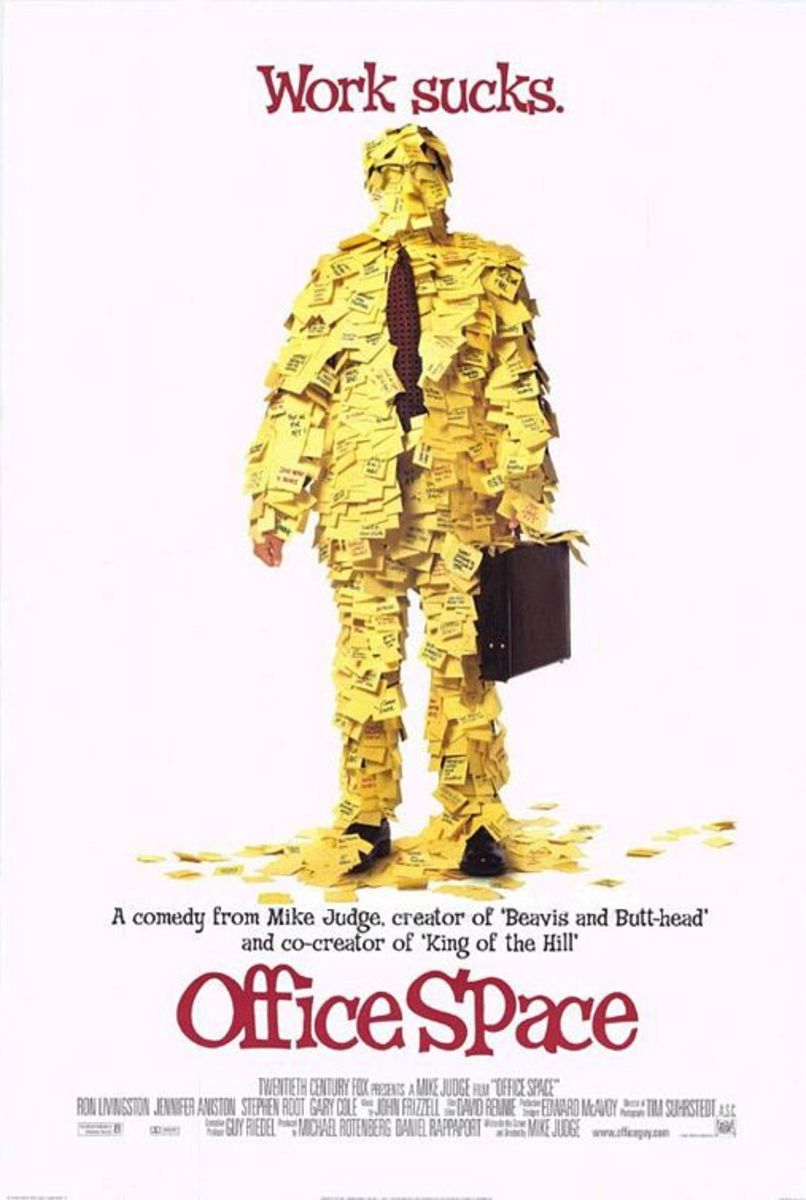- HubPages»
- Business and Employment»
- Employment & Jobs»
- Employment Advice & Tips
Designing an Office for Millennials- A Beginner’s Guide
Designing an Office for Millennials- A Beginner’s Guide

Designing an Office for Millennials- A Beginner’s Guide
“Old is gold but young is bold” this is a new mantra adopted by organizations while hiring today. Basically, while experience always has an edge, organizations are recognizing the need to attract new and young talent. This is largely because the targeted market is getting younger by the day, hence enabling the younger workforce to relate better with them.
Who are millennials and GenZ? They are the people who were born post 1980s and reached adulthood in the early 21st century. Due to extreme technological advances, the generation gap increased substantially as compared to what it was prior to 1980s. As they became the major working force, organizations had to restructure themselves in both tangible and intangible aspects in order adapt to their changing needs. While intangible factors included HR policies, organizational culture, working practices and so on, tangible factors majorly include the physical environment they work in.
As compared to the previous generations, this enigmatic new age gen is much more demanding and particular about their working requirements, from policies to the environment, they know what they want and won’t settle for anything less. Organizational loyalty has also decreased as the apprehension of switching between companies and job roles has become easier and regular. This reflects in the ever-increasing attrition rate.
Attracting the right talent and retaining them is paramount to organizational success, always has been. They are recognizing the need to invest in comprehensive training and development of the workforce as well as encouraging the professional growth within the organization itself. So, without further ado lets dive into how to make your office more millennial friendly!
Say toodles! To cubicles!
Cubicles were designed and introduced in workspace design by Robert Propst in 1967 for Herman Miller. Initially named “Action Office II”, this design was a means of providing a feeling of a private modular offices to the employees at a fraction of the cost. It was also a way to reduce distraction and optimize output. Today however, working in isolation doesn’t work very well. Collaboration is the new age mantra. Getting rid of dividers in the office can improve cross functional coordination, socialization and interpersonal relations. Open structures are rapidly gaining popularity and cubicles are being phased out as the new age work force doesn’t really do their best in a closed rigid environment.
It’s all in the décor, monsignor!
Décor initially was a luxury and an optional investment. Over the past few years, its significance in the workspace has been increasing. The millennial generation is no longer satisfied with a plain ol’ roof over their heads where they can work. They know what they want, and they expect nothing less. Biophilic design is all the rage today. There is an inclination towards adopting natural elements into the design such as wooden flooring, indoor plants, natural building materials and natural light sources. These design trends are thought to add to psychological and physiological wellbeing.
Breakout – of the box
Breakout areas have become the norm when you think of new age office spaces. They are cordoned off areas where employees can take a breather, relax, converse and have informal interactions with their peers. Décor plays a key role in defining the breakout areas. The color schemes chosen should be conducive to relieve stress, tones of greens, blue and pale yellow have been known to have a calming effect on the mind. The furnishings should be aligned in tune with the same theme, such as bean bags, sectional sofas and so on. Being brightly lit and close to the pantry are added advantages.
Health is Wealth.
This age-old idiom becomes even more relevant with the present generation. Being health conscious is a key characteristic of the new age workforce. Organizations encouraging wellness and fitness at the workspace are quickly gaining popularity. One can incorporate wellness into the workspace design by accounting for a wellness retreat within the office. This can be in the form of meditation rooms, workspace gyms, gaming rooms etc. Organizations are also becoming more health focused by introducing fitness programs and workshops to train their employees on being health conscious while at work.
Millennials are quickly becoming major driving force in the market today. Attracting and retaining them has become the need of the hour. The best way to incorporate millennial friendly design elements into your office would be to understand your own employee specific requirements. Surveys and questionnaires to better understand how to create an ecosystem where they can thrive can be the first step. Redesigning can be a task, but the time to start doing it is today.





